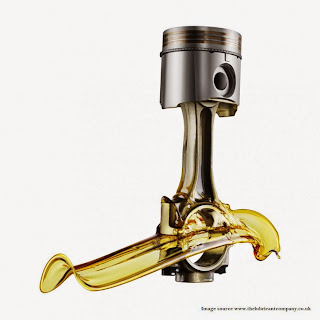Enhancing Patient Safety: Innovations in Clinical Alarm Management
Benefits of Alarm Management in Healthcare
1.
Reduced Risk of Medical Errors: Alarm management enables healthcare
professionals to effectively identify and respond to medical alarms,
significantly reducing the risk of medical errors. This can help to
increase patient safety and reduce the risk of costly medical errors.
2.
Improved Patient Safety: Alarm management improves patient safety by
providing a comprehensive alarm management system that allows healthcare
professionals to identify and respond to medical alarms more quickly
and accurately. This ensures that patients receive the best possible
care and that they remain safe while under the care of healthcare
professionals.
3. Improved Efficiency: Alarm management systems
help to reduce the time that healthcare professionals spend managing and
responding to medical alarms. This can help to improve workflow and
increase efficiency, freeing up valuable time for other tasks.
4.
Enhanced Regulatory Compliance: Alarm management systems help
healthcare organizations to meet regulatory requirements and comply with
safety standards. This can help to reduce potential liability and
ensure that healthcare organizations remain compliant with applicable
regulations.
Alarm System Design for Patient Safety
1. Select a medical alarm system that meets the needs of the facility:
The
first step in designing an alarm system for patient safety is to select
a medical alarm system that meets the needs of the facility. Some
factors to consider when selecting an alarm system are the size and type
of the facility, the number of patients, and the types of alarms that
need to be monitored. In addition, the alarm system should be reliable
and easy to use.
2. Identify potential hazards and the types of alarms that need to be monitored:
Once
a medical alarm system has been selected, it is important to identify
potential hazards and the types of alarms that need to be monitored.
Potential hazards can include falls, cardiac arrests, and other medical
emergencies. The types of alarms that should be monitored vary depending
on the type of facility and patient population, but common alarms
include fire, smoke, and carbon monoxide alarms, as well as medical
alarms.
3. Implement the alarm system:
Once the necessary
alarms have been identified, the next step is to implement the alarm
system. This includes installing the necessary equipment and programming
the system to meet the facility’s needs. In addition, it is important
to provide adequate training to staff on how to use the
Trends in Clinical Alarm Management
1.
Automation of Alarm Management: Automation of alarm management is
becoming increasingly popular as it reduces the time and effort needed
to manage alarms. Automation technologies allow healthcare professionals
to quickly identify and respond to critical alarms, allowing them to
focus on more important tasks.
2. Developing Clinical Alarm
Strategies: Many healthcare organizations are developing clinical alarm
strategies to ensure that alarms are managed in a safe and effective
manner. These strategies often include standardizing alarm settings,
increasing alarm threshold levels, and providing education and training
for healthcare staff.
3. Improved Interoperability: Improved
interoperability between different medical devices and systems is
allowing for more efficient management of alarms. This improved
interoperability also allows for better integration of alarms with other
patient data, allowing healthcare professionals to quickly and
accurately identify patients who need immediate attention.
4.
Intelligent Alarm Management: Intelligent alarm management is becoming
increasingly popular as it allows healthcare professionals to prioritize
alarms based on the patient’s condition. This type of alarm management
can help reduce alarm fatigue and increase patient safety.
Clinical Alarm Management Market Growth
The global clinical alarm management market
is growing at a CAGR of 10.4% and projected to reach $5.4 billion by
2027 during the forecast period (2022-2027). Factors such as
technological advancements, increasing adoption of advanced healthcare
IT solutions, and the growing demand for patient safety and cost
containment are driving the growth of the market. Moreover, increasing
awareness of healthcare cost-effectiveness, the availability of various
government initiatives, and the high adoption of clinical alarm
management software by healthcare providers, are also fuelling the
growth of the market. Additionally, the wider adoption of cloud-based
healthcare IT solutions and the increasing frequency of medical device
alarms are expected to create a positive outlook for the market.
Related Links

Comments
Post a Comment